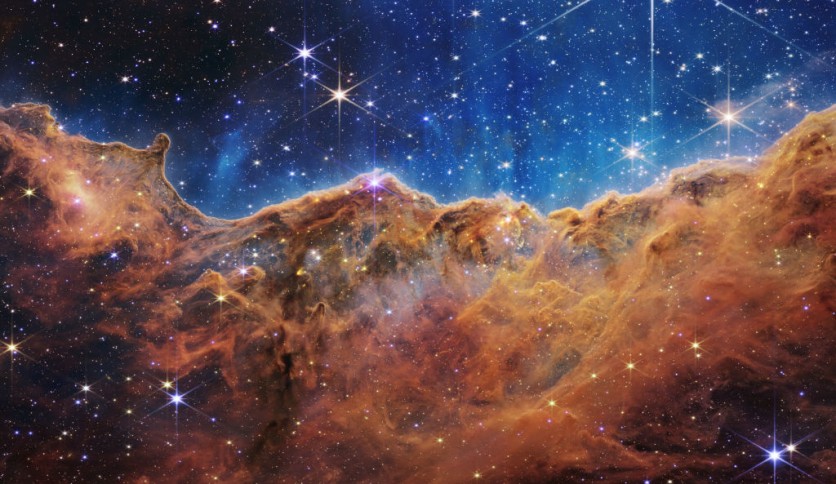NASA's powerful and cutting-edge James Webb Space Telescope suffered a glitch that delayed its science observations for a few days.
A software error in the attitude control system, which manages the pointing of the observatory, caused Webb's instruments to go into safe mode on and off starting on December 7.
The observatory enters a safe mode during which all unnecessary systems are turned off, protecting it from further damage until the issue is fixed.
Hence, Webb had to pause its several science operations that lasted for a few days during that time.

Is Webb Back on Track?
On Tuesday, Dec. 20, NASA announced that the space telescope is back on track after finding that its instruments are all in good health.
At the same time, the hardware was kept secure by Webb's onboard fault management system, which performed as planned. The disrupted observations are currently being rescheduled by the team.
Regular operations were resumed on Tuesday just in time for the telescope to celebrate its first year in orbit.
Read Also : NASA's James Webb Space Telescope Snaps a Chaotic, Disturbing Connection Between Two Galaxies
Webb's Latest Captures
Webb recently released a bejeweled image brimming with galactic pearls and diamonds.
This marks the first medium-deep wide-field images of the universe, highlighting the North Ecliptic Pole thanks to Webb's powerful infrared vision.
The image is a companion piece to an article that was published in the Astronomical Journal and comes from the PEARLS GTO program, which studies prime extragalactic areas for reionization and lensing.
The Hubble Space Telescope's ultraviolet and visible light were combined with eight different near-infrared light colors from Webb's Near-Infrared Camera (NIRCam) to create the image.
According to NASA, this colorful image shows a universe that is teeming with galaxies from the furthest reaches, many of which were previously unknown to Hubble or the largest ground-based observatories.
Webb's vision is so powerful that it can also look deep into the distant, early universe. Last week, it encountered rare red spiral galaxies.
According to studies from Waseda University, these galaxies are currently among the furthest spiral galaxies known to exist. These galaxies are so rare that only 2% of them are found in the nearby universe.
Since these galaxies are too far away to be fully investigated, astronomers' understanding of them is still limited.
However, Webb has now succeeded in taking infrared images of red spiral galaxies from the galaxy cluster SMACS J0723.3-7327 with extraordinary resolution and revealing their morphology in exquisite detail.
This goes to show how far and deep can Webb go in their observation of the infrared universe.
NASA boasts Webb as the largest, most potent, and most complex telescope ever created. The observatory is still relatively new but its discoveries and performance so far have shown its unprecedented capabilities.

ⓒ 2026 TECHTIMES.com All rights reserved. Do not reproduce without permission.




